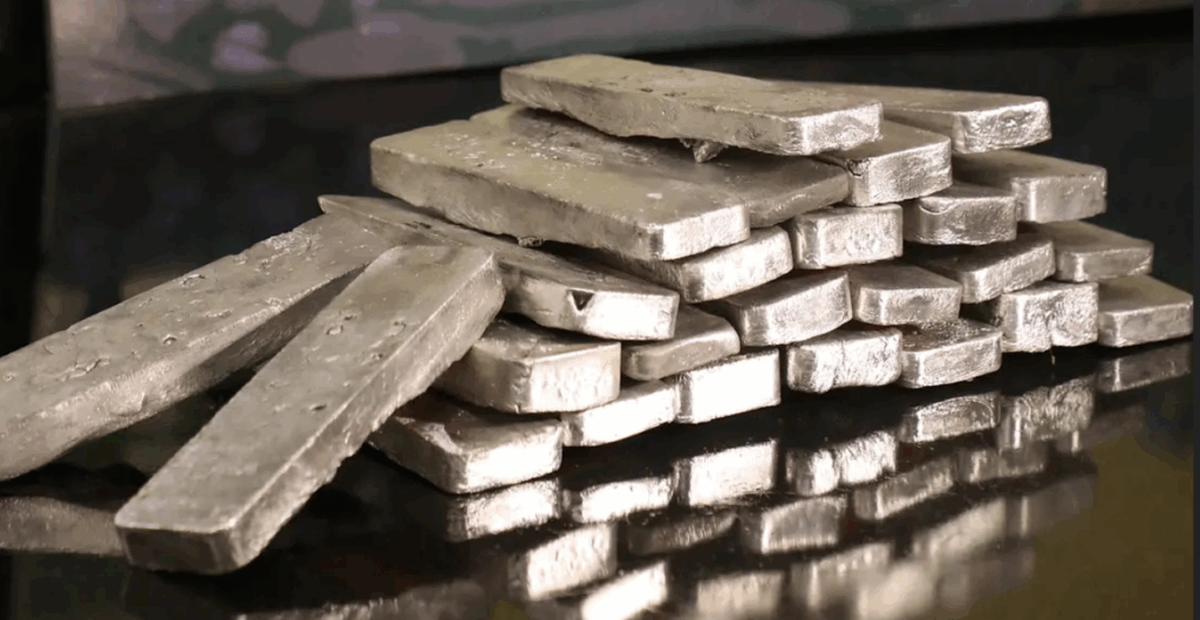
China commodity output recovers, Wuhan lockdown to end
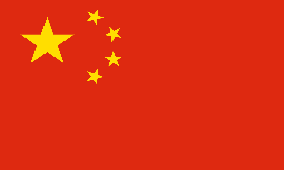
China took another step towards normalcy today, with Hubei province announcing it would remove all travel bans from tomorrow. The provincial capital of Wuhan - where the outbreak originated – will lift the curbs on 8 April.
Several other provinces have lowered their coronavirus emergency levels, paving the way for an economic recovery. And the government said 98pc of the companies listed on its domestic stock exchanges have now resumed operations, helping boost trade and supporting domestic fuel oil demand.
Output rising
Energy and commodity production is rebounding across the country. An Argus survey of Chinese independent refineries shows operating rates at 63pc in March so far, nearly 20pc higher than in February. Some refiners are only just beginning to ramp up rates.
Domestic gasoline and diesel demand will take longer to recover. Gasoline and diesel inventories are high, and while diesel consumption in particular is rising, it is still likely to be well below year-earlier levels in March.
Residential LPG sales are still only at 60-70pc of normal levels and are likely to increase to 80pc by the end of April, according to market estimates. But a pessimistic economic outlook and the upcoming low demand season may prevent sales from recovering fully any time soon.
Export markets may not provide an easy outlet for Chinese oversupply, as they have in the past. Key oil product export markets such as Singapore are already struggling with high inventories. This has pushed Chinese exporters to diversify to markets such as Mexico and Nigeria, particularly as the coronavirus has coincided with rising competition from new 400,000 b/d private-sector refineries Rongsheng and Hengli.
Production has also been stepped up at petrochemical crackers, which produce key raw materials for consumer products from plastic packaging to polyester for clothing. Petrochemical crackers owned by state-controlled Sinopec are targeting 90-95pc operating rates by the end of March, from a low of 70-80pc in February, market participants said.
Production levels for key fertilizers like urea and phosphate are already at normal levels. But prices are under pressure in the absence of strong export demand, as countries around the world are hit by their own coronavirus outbreaks.
China's production of battery metals such as lithium, cobalt, graphite and cadmium has also been ramped up. Output of refined cobalt jumped from 35pc of capacity to nearly 85pc in March. China is the world's largest electric vehicle battery producer, but demand from other key battery production centres such as Germany is weak amid the coronavirus containment measures.
Demand is also expected to rise only slowly for magnesium, given Wuhan is the centre of automotive parts production, a major end-use for the products. Prices of several ferro-alloys have fallen as production levels normalise but there are no signs of demand picking up soon.
Genfuel buying picks up
There are signs of a recovery in the country's manufacturing and industrial sector, as Chinese LNG buyers such as state-controlled Unipec and Guangzhou Gas start purchasing spot LNG for deliveries in the coming months. The front half-month ANEA price, the Argus assessment for spot LNG deliveries to northeast Asia, fell to an all-time low of $2.675/mn Btu on 17 February but rebounded to $3.70/mn Btu on 23 March.
And coal consumption has also been increasing in in line with gradual restarts at factories, with coal burn at major coastal power plants hitting 574,000 t/d on 23 March, according to coal industry association the CCTD. This is the highest since 19 January.
The announcement of the imminent end to the Wuhan lockdown supported some ferrous markets today, with futures turning positive and Shanghai hot-rolled coil (HRC) prices rising in the afternoon. But physical seaborne prices remain under pressure as global steel demand is stalled by shutdowns in the downstream automotive and manufacturing sectors.
The reopening of Wuhan shows "the coronavirus in China is well under control at this stage. Things are getting back to normal and better," a Shanghai-based iron ore trader said, reflecting the cautiously optimistic mood in China.
By Anu Agarwal, Asia staff

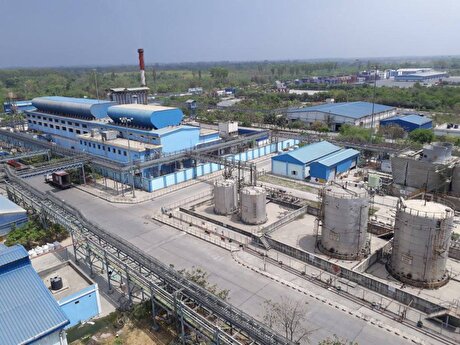
Hindustan Zinc to invest $438 million to build reprocessing plant

Gold price edges up as market awaits Fed minutes, Powell speech
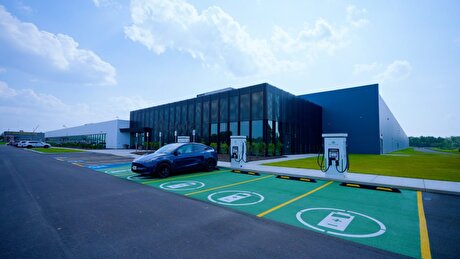
Glencore trader who led ill-fated battery recycling push to exit
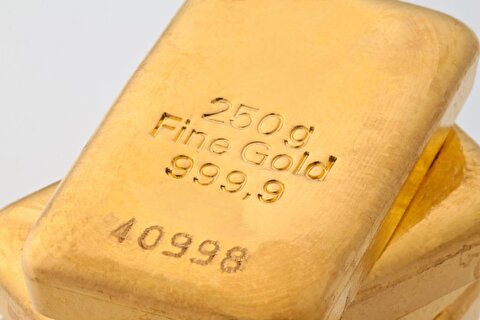
UBS lifts 2026 gold forecasts on US macro risks

Roshel, Swebor partner to produce ballistic-grade steel in Canada
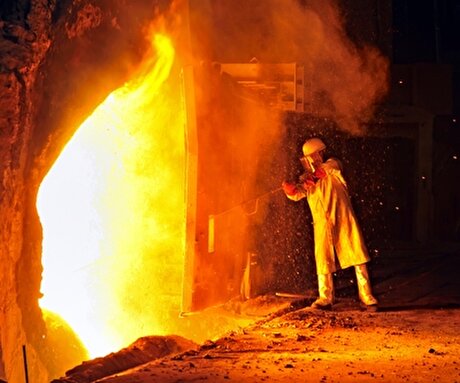
Iron ore price dips on China blast furnace cuts, US trade restrictions
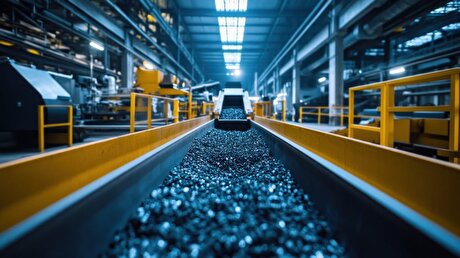
EverMetal launches US-based critical metals recycling platform
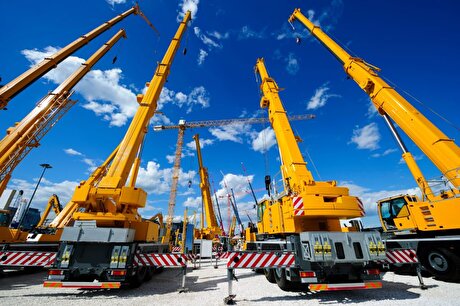
US hikes steel, aluminum tariffs on imported wind turbines, cranes, railcars
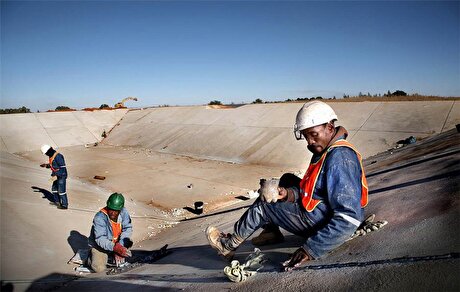
South Africa mining lobby gives draft law feedback with concerns

Trump raises stakes over Resolution Copper project with BHP, Rio Tinto CEOs at White House
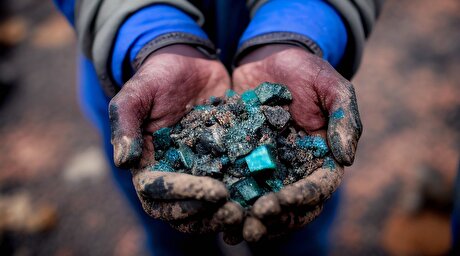
US seeks to stockpile cobalt for first time in decades

Trump weighs using $2 billion in CHIPS Act funding for critical minerals

Nevada army depot to serve as base for first US strategic minerals stockpile

Emirates Global Aluminium unit to exit Guinea after mine seized
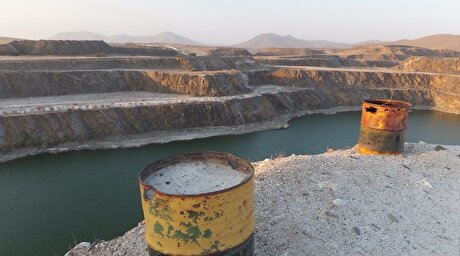
Tailings could meet much of US critical mineral demand – study

Codelco cuts 2025 copper forecast after El Teniente mine collapse
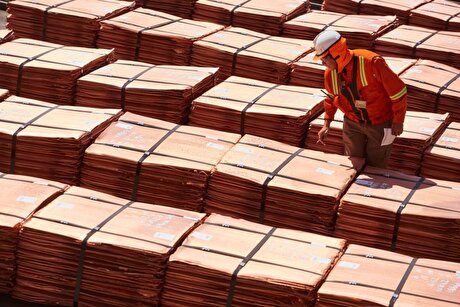
Glencore targets 1Mt of copper in Argentina over coming decade

Viridis unveils 200Mt initial reserve for Brazil rare earth project

SQM boosts lithium supply plans as prices flick higher

US seeks to stockpile cobalt for first time in decades

Trump weighs using $2 billion in CHIPS Act funding for critical minerals

Nevada army depot to serve as base for first US strategic minerals stockpile

Tailings could meet much of US critical mineral demand – study

Codelco cuts 2025 copper forecast after El Teniente mine collapse

Glencore targets 1Mt of copper in Argentina over coming decade

Viridis unveils 200Mt initial reserve for Brazil rare earth project

SQM boosts lithium supply plans as prices flick higher

Abcourt readies Sleeping Giant mill to pour first gold since 2014

